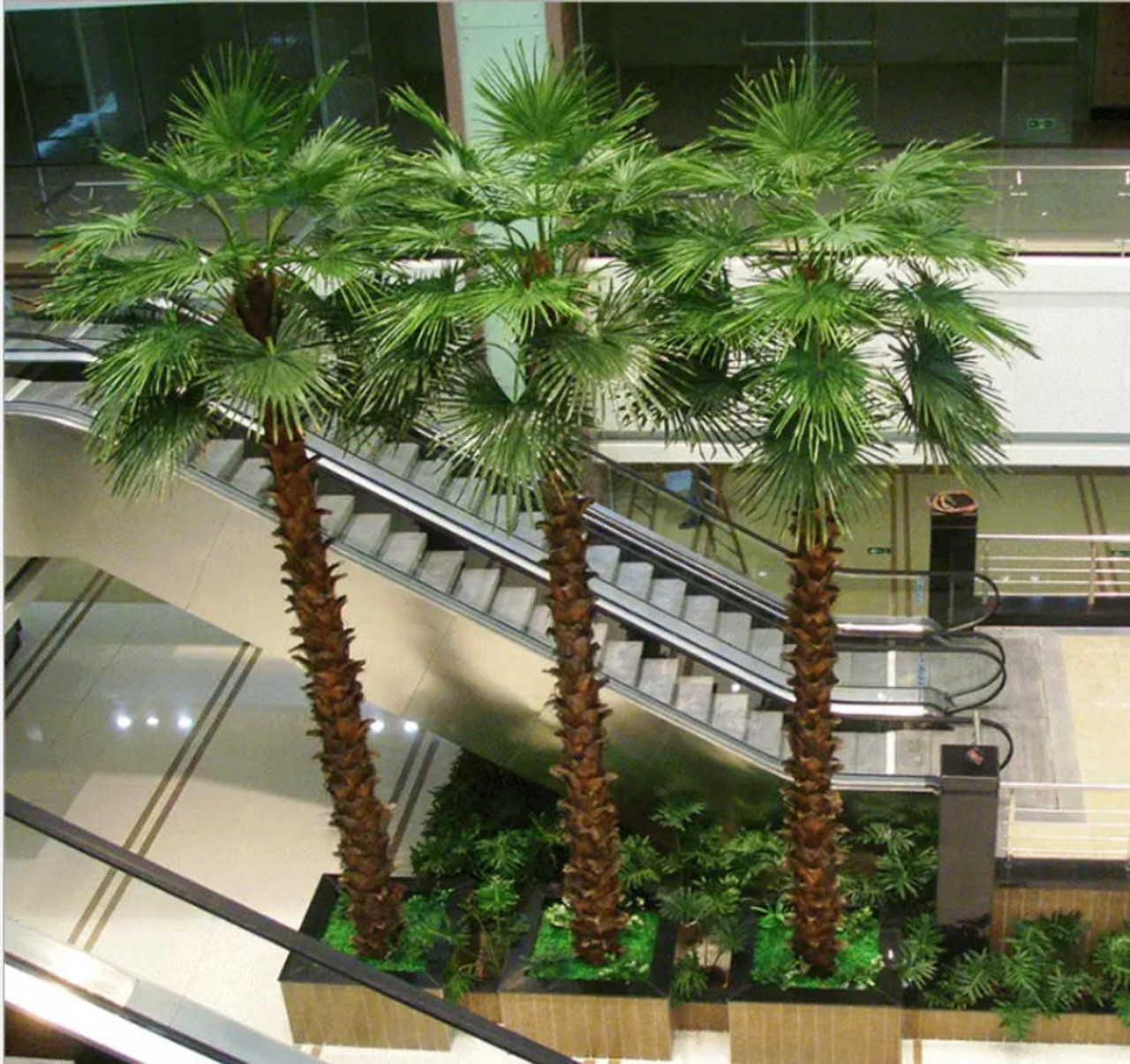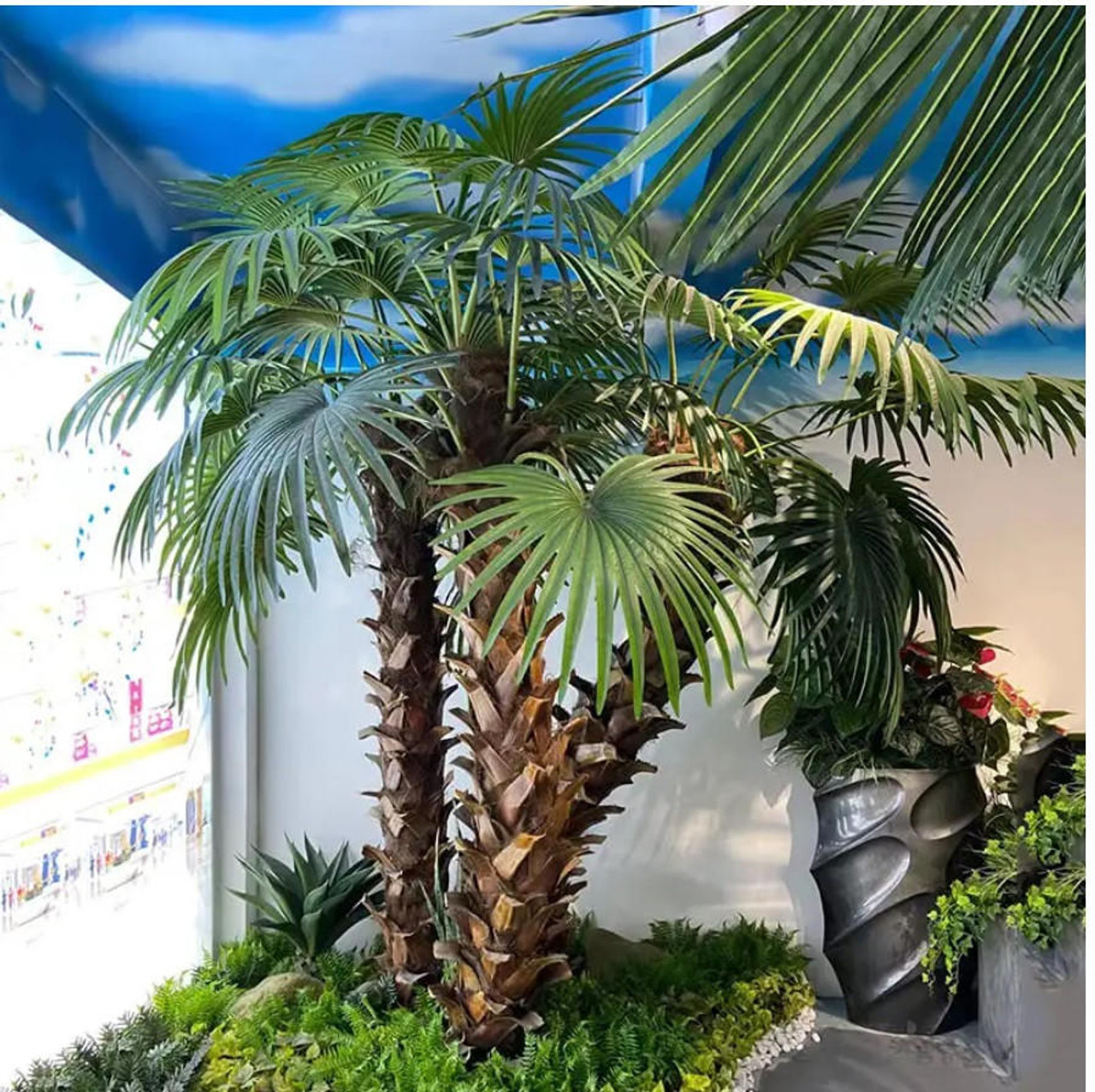A Step-by-Step Approach to Successful Synthetic Lawn Installation
Posted by Jessie Meldrew - Fashion Blogger on 8th Oct 2024
Introduction
In the age of environmental awareness and architectural innovation, the quest for sustainable and aesthetic solutions in landscaping has never been more vital. One such remarkable innovation lies in the realm of synthetic lawn installation. Beyond the traditional charm of natural grass, synthetic lawns offer a plethora of advantages such as minimal maintenance, water conservation, and year-round greenery. This article aims to navigate the intricate process of synthetic lawn installation with the careful precision and creative ambition synonymous with architectural mastery.
Understanding Synthetic Lawns
Synthetic lawns are not merely a replica of green grass; they are a reimagination of nature integrated into the human environment. Crafting a synthetic space involves understanding the material intricacies and selecting the right fit for diverse topographies and climates.
Types of Synthetic Turf
- Polypropylene: Best suited for areas with minimal foot traffic. Polypropylene is often chosen for its cost-effectiveness and shorter pile height, making it ideal for temporary installations or decorative patches. However, its durability is lower compared to other materials, making it less ideal for high-activity areas.
- Polyethylene: Known for its soft texture and enhanced durability. It is more aesthetically pleasing, suitable for areas with moderate traffic such as residential gardens and recreational spaces. Its ability to mimic the look and feel of natural grass makes it a favorite among homeowners.
- Nylon: The most robust variety, used in intensive settings with heavy footfall and extreme weather conditions. Its resilience makes it a favorite for sports fields and commercial uses. However, this superiority comes at a higher cost, reflecting its unrivaled durability.
Preparation for Installation
The path to successful synthetic lawn installation begins with meticulous planning and preparation. Unlike natural grass, synthetic lawns require a foundational substructure that ensures stability and drainage efficiency.
Site Assessment
Start with a comprehensive site analysis. Consider the dimensions, existing vegetation, drainage systems, and intended use. Address any hindrances that could disrupt the lay of surfacing material. This initial assessment often dictates material choice and installation complexity, ensuring that the chosen synthetic turf aligns with the intended aesthetic and functional outcomes.
Removal of Existing Grass
Strip away existing layers of grass, weeds, and debris. This process not only smoothens the base but eliminates the risk of organic matter interfering with the turf’s longevity. Removing existing vegetation prevents unwanted growth underneath, which could compromise the integrity and appearance of the synthetic lawn over time.
Creating a Base
Lay down a well-compacted base layer of decomposed granite or crushed rock. Ensure a depth of approximately 2 to 4 inches. This base is crucial for maintaining drainage and ensuring the synthetic lawn sits firmly over the earth. A well-prepared base also helps prevent pooling water, which can lead to uneven surfaces and potential damage to the underlying structure.
Laying the Synthetic Turf
The installation phase is where craftsmanship intertwines with creativity. The techniques involved require a blend of engineering and aesthetic vision to simulate the essence of natural grass on an artificial medium.
Cutting and Securing the Turf
Roll out the synthetic turf across the prepared base. Precision is critical in cutting the turf to fit the dimensions and contours of the terrain. Use a utility knife or specialized turf cutter for clean edges. Secure the edges using landscape stakes, nails, or anchors to ensure they remain flat and flush with the ground. An important consideration here is the allowance for tensile expansion and contraction with temperature changes, ensuring the installation remains taut and aesthetically pleasing year-round.
Joint Seam Integration
Cover larger expanses by seamlessly joining rolls of synthetic turf. Align each seam meticulously, using joining tapes or adhesive agents designed for outdoor durability. Ensure the surface appears seamless and continues the illusion of an endless stretch of grass. This step requires an adept hand to ensure that the seams do not lift over time, which could disrupt both the appearance and functionality of the lawn.
Infill Application
The final touch in the laying process involves applying infill materials such as sand or rubber granules. This step enhances the surface’s resilience, comfort, and appearance. Ensure even distribution with a drop spreader or power broom, achieving an optimal infill level that supports the blades of synthetic grass. A well-executed infill application contributes significantly to the tactile experience of the lawn, simulating the bounce and cushion of natural grass.
Post-Installation Maintenance
Once installed, a synthetic lawn requires minimal but vital maintenance checks to retain its aesthetic and functional superiority over natural turf.
Regular Cleaning
Gently brush the surface to lift the fibers in a natural direction. Remove leaves, dust, and debris with a blower or broom. This will ensure long-lasting vibrancy and tactile quality. Regular cleaning prevents detritus from embedding between the blades and maintains a pristine visual appeal.
Stain Management
Occasionally, spills or accidents might occur. For effective management of stains, apply a mild soap solution and rinse thoroughly. Always adhere to cleaning guidelines specified by manufacturers to avoid damaging the turf. Prompt stain management prevents permanent discoloration and preserves the synthetic lawn's fresh appearance.
Infill Level Checks
Check and maintain infill levels twice annually, topping up as necessary to maintain an optimal field density and surface consistency. This ensures the resilience and functionality of the synthetic grass system is sustained over time. An even infill distribution helps preserve the synthetic lawn's structural integrity, ensuring that it remains soft yet supportive.
Environmental and Economic Considerations
Opting for synthetic lawn installation also carries significant environmental and economic implications, a topic that warrants careful consideration as we strive for sustainable solutions.
Water Conservation
Synthetic lawns dramatically reduce water usage, which is a vital benefit in regions facing water scarcity. This feature ensures that urban landscapes remain green and vibrant without the ecological cost of traditional grass watering schedules. The water savings contribute to both environmental sustainability and economic reduction in household water expenses.
Cost Efficiency
Although the initial cost of synthetic turf can be higher than seeding a natural lawn, the long-term savings are significant. Reduced expenses stemming from minimal maintenance—such as mowing, fertilizing, and watering—offset the initial investment over time, delivering an economical lawn solution for homeowners and businesses alike.
Durability and Longevity
Synthetic lawns are durable and long-lasting, capable of withstanding various weather conditions without losing their appeal. This resilience makes them particularly cost-effective, as they often go many years without the need for replacement or significant repair, factors that further contribute to their economic value.
Conclusion
The process of synthetic lawn installation reflects more than a mere enhancement of one’s outdoor space. In embracing this modern phenomenon, we blend the art and science of architectural landscaping, achieving a sustainable zenith in urban spaces. Through a mindful execution of each installation step—from selection, preparation, laying, to maintenance—synthetic lawns offer an everlasting landscape that harmonizes man-made materials with the organic calm they seek to emulate.
With each strip of turf laid down, we not only challenge nature but also aim to coexist with it, amplifying its innate beauty through the innovative efforts of human mastery. Thus, the world reshaped by synthetic installations is not devoid of nature; it is, in fact, an embodiment of how our structures echo natural tranquility and sustainability. As society continues to embrace synthetic lawn installations, we take definitive strides towards a future where our urban landscape is resilient, economically viable, and environmentally conscious.
"




